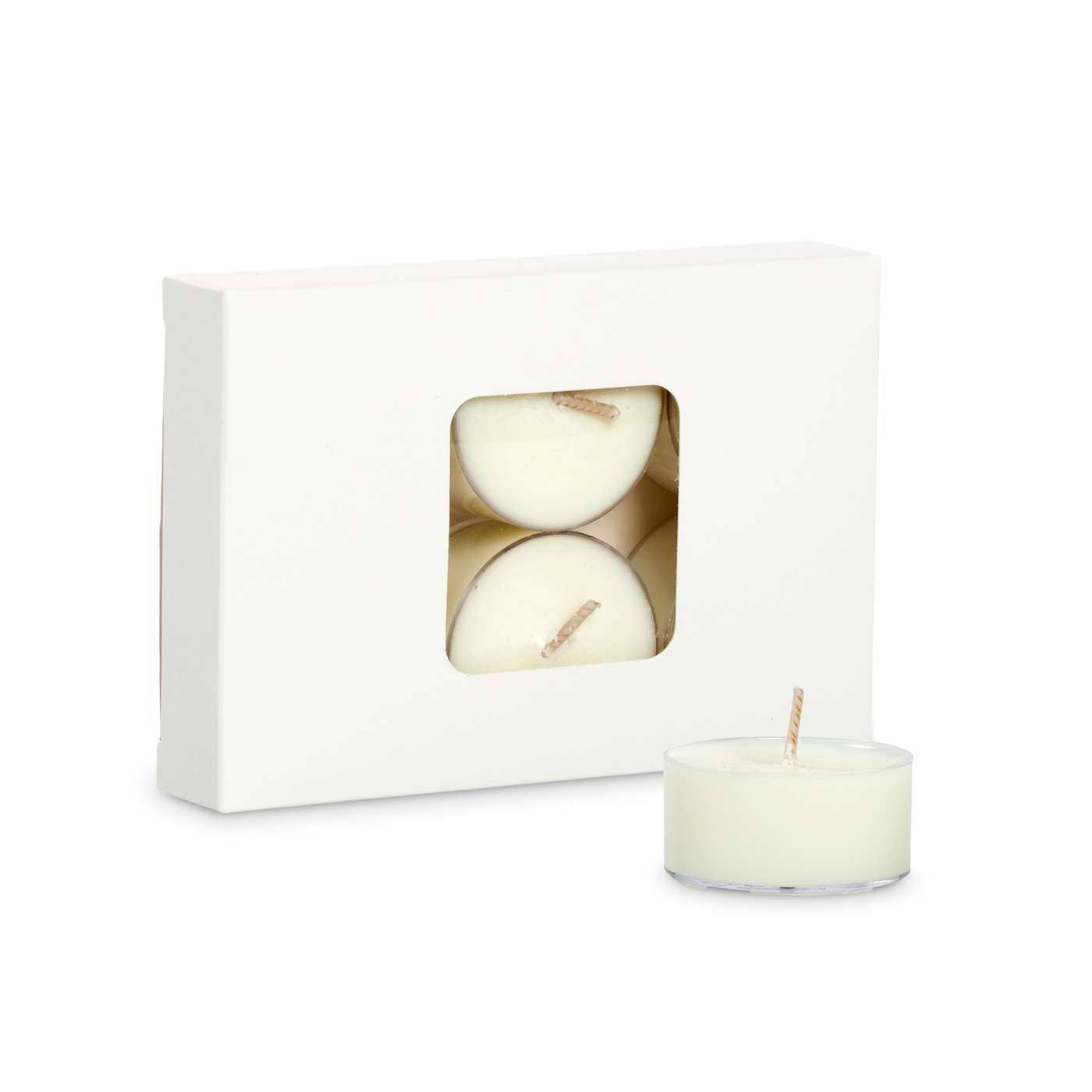Explore the Magic of Crystal Soy Candles and Home Fragrance
Explore the Magic of Crystal Soy Candles and Home Fragrance
Blog Article
From Wick to Wax: Comprehending the Chemistry Behind Soy Wax Candles and Their Ecological Influence
As we illuminate our spaces with the cozy radiance of candle lights, there exists a realm of detailed chemistry behind the apparently simple act of lighting a soy wax candle. Join us as we unravel the scientific details behind soy wax candles and discover their ramifications on our setting.
Soy Wax Vs. Paraffin Wax
When contrasting soy wax and paraffin wax for candle production, it is essential to comprehend the unique characteristics and advantages of each material. Soy wax is an all-natural, renewable energy originated from soybean oil, making it biodegradable and eco-friendly - home fragrance. On the other hand, paraffin wax is a by-product of petroleum refining, which increases problems concerning its ecological effect and sustainability
Soy wax candle lights shed cleaner and produce less soot compared to paraffin wax candle lights, making them a healthier selection for interior air top quality. In addition, soy wax has a lower melting point, enabling for a longer-lasting candle that disperses scent better. Paraffin wax, on the various other hand, often tends to melt faster and less cleanly, possibly launching dangerous chemicals into the air.
From a sustainability viewpoint, soy wax is preferred for its biodegradability and renewable sourcing, lining up with the expanding consumer preference for eco aware items. While paraffin wax has actually been a typical option in candle light making because of its cost and convenience of use, the change towards environment-friendly options like soy wax is acquiring energy in the market.
Chemical Composition of Soy Wax

Burning Refine in Soy Candles
The chemical make-up of soy wax straight influences the burning procedure in soy candles, impacting aspects such as burn time, scent release, and environmental impact. When a soy candle is lit, the heat from the fire thaws the wax near the wick. This liquid wax is then drawn up the wick because of capillary action. As the fluid wax reaches the fire, it undertakes and vaporizes burning. The burning procedure includes the vaporized hydrocarbons in the wax reacting with oxygen airborne to generate warmth, light, water vapor, and co2.
The burning efficiency of soy look what i found candle lights is affected by the pureness of the soy wax and the quality of the wick. In addition, soy wax candle lights have a lower environmental influence compared to paraffin candle lights due to their eco-friendly and naturally degradable nature.

Ecological Advantages of Soy Wax

Taken into consideration a lasting alternative to standard paraffin wax, soy wax uses notable environmental advantages that make it a popular choice among eco-conscious consumers. One significant benefit of soy wax is its eco-friendly sourcing. Soy wax is originated from soybean oil, which is mostly grown in the USA. The cultivation of soybeans assists support neighborhood farmers and lowers the dependency on non-renewable nonrenewable fuel sources made use of in paraffin wax manufacturing. Furthermore, soy wax is naturally degradable, suggesting it damages down normally without releasing unsafe contaminants right into the environment. This characteristic makes soy wax candle lights an extra eco-friendly option contrasted to paraffin wax candle lights, which are made from petroleum, a non-renewable source. Soy wax burns cleaner and generates less soot than paraffin wax, contributing to better interior air top quality and minimizing the requirement for cleansing and upkeep. Overall, the ecological advantages of soy wax line up with the expanding need for sustainable and eco-friendly items out there.
Recycling and Disposal Factors To Consider
Recycling and appropriate disposal of soy wax candle lights play a vital duty in maintaining environmental sustainability and decreasing waste in areas and homes. The very first action is to make sure that the candle light has actually melted completely when it comes to recycling soy wax candles. This can be accomplished by enabling the candle light to shed up until the wick is no much longer usable, and after that letting the staying wax cool and strengthen. As soon as the Your Domain Name wax has solidified, it can be meticulously removed from the container.

In terms of disposal, if recycling is not a choice, soy wax candles are naturally degradable and can be safely thrown away in most household waste systems. Nonetheless, it is always advised to get in touch with regional recycling centers or waste management solutions for particular guidelines on candle light disposal to make sure appropriate handling and environmental management.
Verdict
To conclude, the chemistry behind soy wax candles exposes their environmental benefits over paraffin wax candle lights. Soy wax, derived from soybean oil, burns cleaner and creates less residue when contrasted to paraffin wax. The burning process in soy candles is more effective, resulting in a longer and a lot more also shed. Additionally, soy wax additional reading is naturally degradable and renewable, making it a much more lasting selection for candle light production. Reusing and appropriate disposal of soy wax candles further add to their environmental effect.
When comparing soy wax and paraffin wax for candle production, it is crucial to comprehend the distinctive characteristics and benefits of each product (home fragrance).Soy wax candle lights shed cleaner and give off less residue contrasted to paraffin wax candle lights, making them a healthier option for interior air high quality.Taken into consideration a sustainable choice to typical paraffin wax, soy wax offers noteworthy environmental advantages that make it a popular option among eco-conscious consumers. Soy wax burns cleaner and creates much less soot than paraffin wax, contributing to much better indoor air quality and reducing the need for cleaning and maintenance.In conclusion, the chemistry behind soy wax candle lights discloses their environmental advantages over paraffin wax candle lights
Report this page